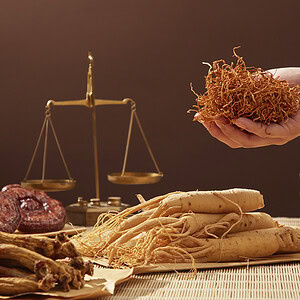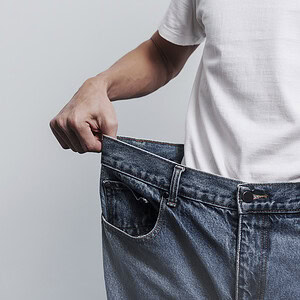Health
Summertime is here, and with it comes the opportunity to make some vitamin D just by catching some rays. Yet this can leave us in something of a quandary, having to navigate the fine line between adequate sun exposure and the risk of sunburn.
The UK recommended daily vitamin D intake for anyone over the age of one is 10 micrograms (ug) or 400 international units (IU). Achieving this through sunshine, however, can be a challenge; especially in children whose skin has been slathered with high factor sunscreen.
Lotions with an SPF of 30 or more have been found to reduce vitamin D synthesis by 95%.
What is vitamin D?
An essential nutrient Vitamin D has numerous roles and more recently has been speculated to reduce the severity of Covid-19. It is, however, more commonly known for its importance in bone health; notably it aids absorption of calcium, which is necessary for skeletal growth and bone health.
A concern with children is that severe vitamin D deficiency can lead to rickets, resulting in poor growth and soft, weak or misshapen bones. Cases are rare but the last decade has seen a rise in rickets-related hospital admissions.
How do we make vitamin D?
When skin is exposed to sunlight, ultraviolet B (UVB) rays convert a chemical in the skin (7-dehydrocholesterol) to vitamin D. From there, it is transformed in the liver and then kidneys into the hormonally active form known as calcitriol. Although getting a bit of sunlight sounds straight forward, numerous factors influence vitamin D synthesis including clothing, time of year, time of day, latitude, air pollution, sunscreen and skin colour.
Also, when it comes to skin colour, a report by the Scientific Advisory Committee on Nutrition highlighted the following advice: of six skin types, those with very light skin or fair/red hair or freckles (types I and II) do not need much time in the sun to synthesise vitamin D, but do have a higher risk of sunburn or skin cancer.
People with darker skin (types V and VI) may need to expose their skin for longer; possibly for three to five times as long as someone with fair skin, according to one small study.
Enjoyed this preview? Subscribe to our free digital version of Optimum Nutrition magazine to read the full article, and access more research updates and nutrition news.






